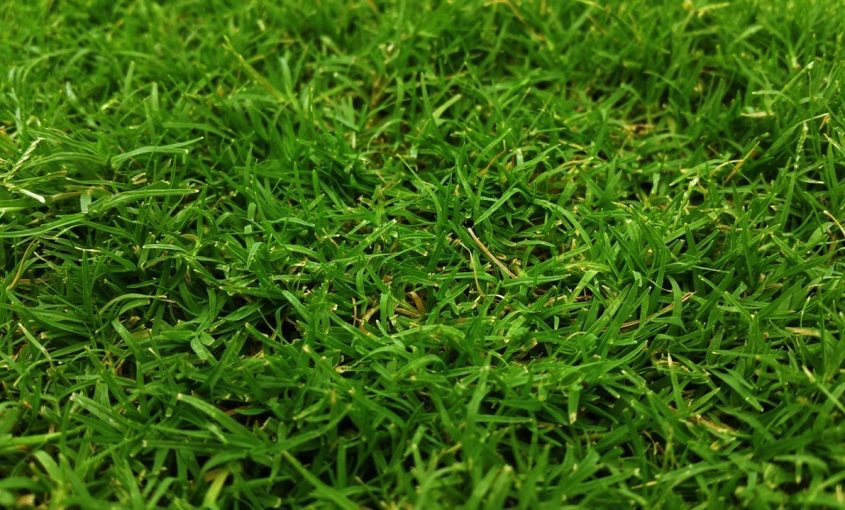How Does Preventative Grub Application Work?
Spring is nearly over, and lawns are green and full of life. During this time of year, homeowners spend a lot of time outside treating and caring for their lawns. It is also the time they start to notice patches that never turn green. These dead patches are often caused by grubs and are a common problem for residential homes in northern New Jersey.
What are Grubs?
Grubs are the larvae form of beetles, most commonly the Japanese beetle, and they thrive on well-maintained grass that offer plenty of food and water to build their nests. Once they build a nest, they quickly multiply causing severe destruction to lawns by eating the grassroots. Grubs are most active in late summer and push their way down into the soil as the months get colder. In springtime, they return to the top of the ground and change into beetles that go on to destroy your plants, trees, and shrubs.
Signs of Grubs
In the early stages of a grub infestation, you won’t be able to notice their presence. Over time, you will start to see brown patches of dead grass and birds in the area digging for the grubs.
If you think your lawn has a grub problem, try to pull the grass up in the area you believe is infested. If it comes up easily and you see fat, white insects, you have grubs. The next step is understanding how severe the infestation is. Healthy lawns can withstand some grubs, but if your lawn isn’t healthy and you count more than six grubs in a square foot, treatment is necessary.
How Can You Prevent Grubs?
The expense of repairing a grub outbreak can quickly add up, so many homeowners choose to use preventative grub application. Preventative grub applications will not control any existing grubs, but they will prevent future grubs from nesting under your grass.
When should you apply preventative grub applications?
Preventative applications are the most effective products in minimizing lawn damage from grubs. It should be applied at the end of spring to escape being washed away by rain to kill grubs as they surface from the soil or in the summer to manage new grubs as they hatch and begin to feed on your lawn.
Choosing the right products
There is a plethora of preventative grub products available at your local home and garden center. Before selecting a product, review the active ingredients to make sure you choose appropriately for the time of year. Products containing chlorantraniliprole can be applied in April or May to manage fall grubs. Products containing clothianidin, thiamethoxam, or imidacloprid should be used in June or July.
In nearly every case, hiring a professional and certified lawn services company to apply preventative grub treatments is usually the best method. They know and understand grubs, the types of products, and the best time of year to use which ones.
Perennial Lawn Care has been serving Northern New Jersey for 25 years and offers preventative grub applications. Contact our team of lawn care experts today for your free estimate.
Posted on
